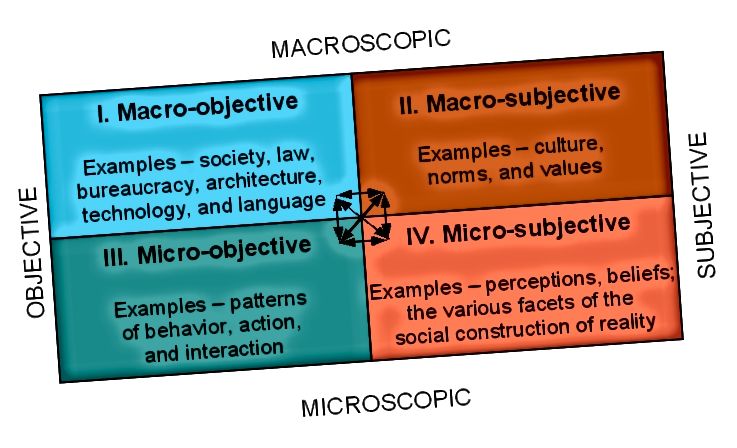

- #Macro vs micro conversions how to#
- #Macro vs micro conversions manual#
- #Macro vs micro conversions series#
Micro-conversions indicate how well your product works towards the macro goals. Why is tracking micro-conversions important? These can include filling in a form without abounding it halfway, completing a task in the checklist, discovering new features, etc. For instance, a user requesting a demo might not immediately sign up, but the trust built during the demo will eventually lead to a sale. These steps do not directly lead to the macro-conversion, but they indicate interest. For instance, a user might view your product pages and sign up for a free trial. These are steps taken directly towards a macro-conversion. Micro-conversions are divided into two types: process milestones and secondary actions. Micro-conversions in SaaS are specific actions or sets of actions that users take before reaching a macro-conversion.

#Macro vs micro conversions manual#
Although it involves a lot of manual work, it can help uncover relevant insights that a product analytics tool might miss. Behavior tracking tool like Hotjar provides useful information about how your users interact with your app.It also helps you identify friction and drop-off points. Product analytics tools like Userpilot provide insights about your users’ in-app engagement.There are three ways to measure micro-conversions:.Tracking micro-conversions is important because it allows you to understand your user’s behavior, find friction points for conversion optimization, and identify the right conversion funnel.Secondary actions are not directly linked to the primary goal but indicate that the user is interested in your product or service.Process milestones are steps taken towards a macro-conversion.Micro-conversions can provide an insight into how people engage with your app.Macro-conversions are the primary goals or milestones – for example, checklist completion.An in-app micro-conversion is a set of actions that users complete before reaching a specific milestone.
#Macro vs micro conversions how to#
In this article, you will know what micro-conversions are, why they matter, and how to track them. These small steps are micro-conversions, and you need to pay attention to them.

#Macro vs micro conversions series#
However, before a user becomes a paying customer, they must go through a series of small steps – such as visiting your pricing page, requesting a demo, completing a task in the checklist, discovering your features, etc.

Paying and loyal customers are indeed the main goal for SaaS companies as it’s directly related to revenue. When you think of micro-conversion, what comes to your mind?Īs a SaaS marketer, you are probably thinking of the conversion of a visitor into a paying customer.


 0 kommentar(er)
0 kommentar(er)
